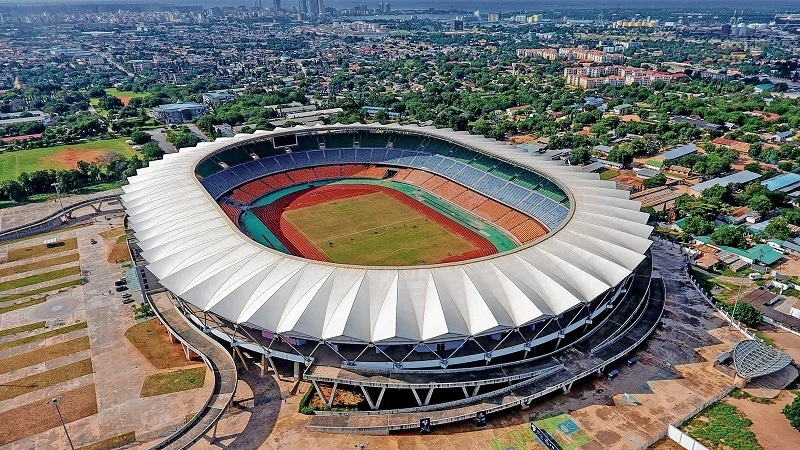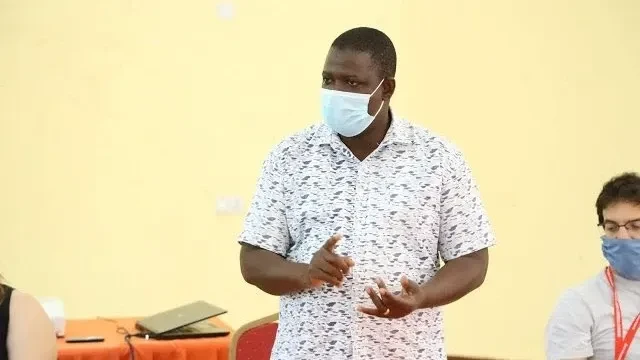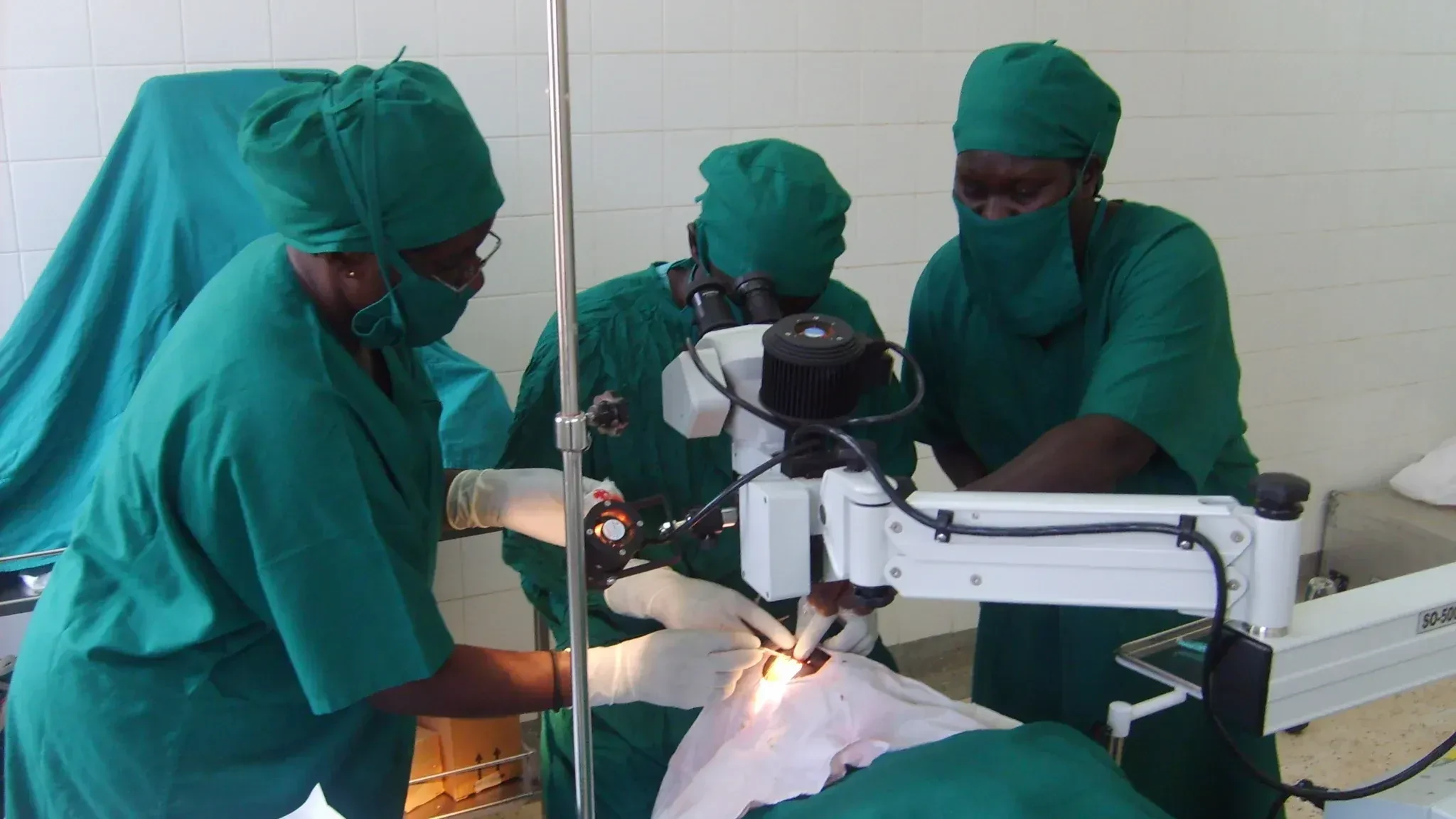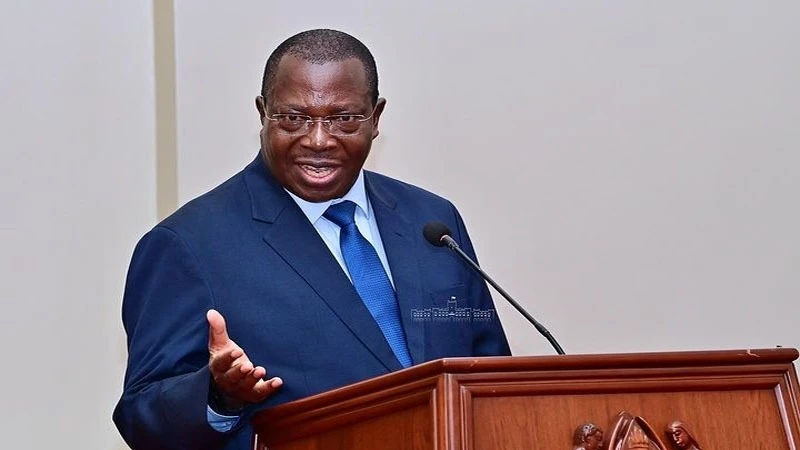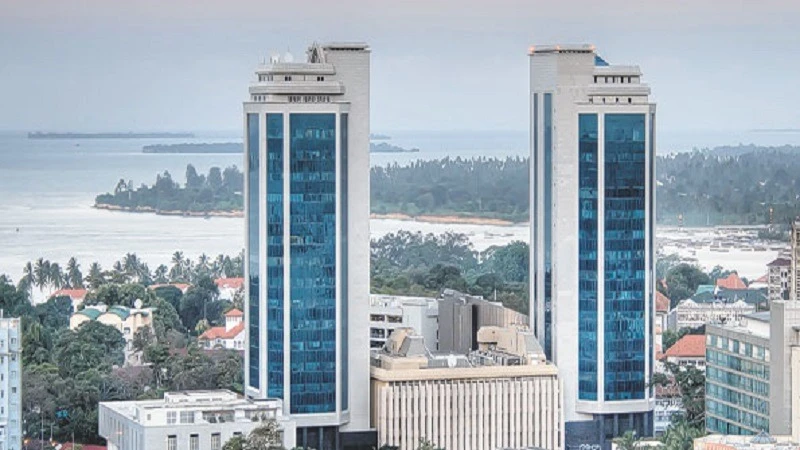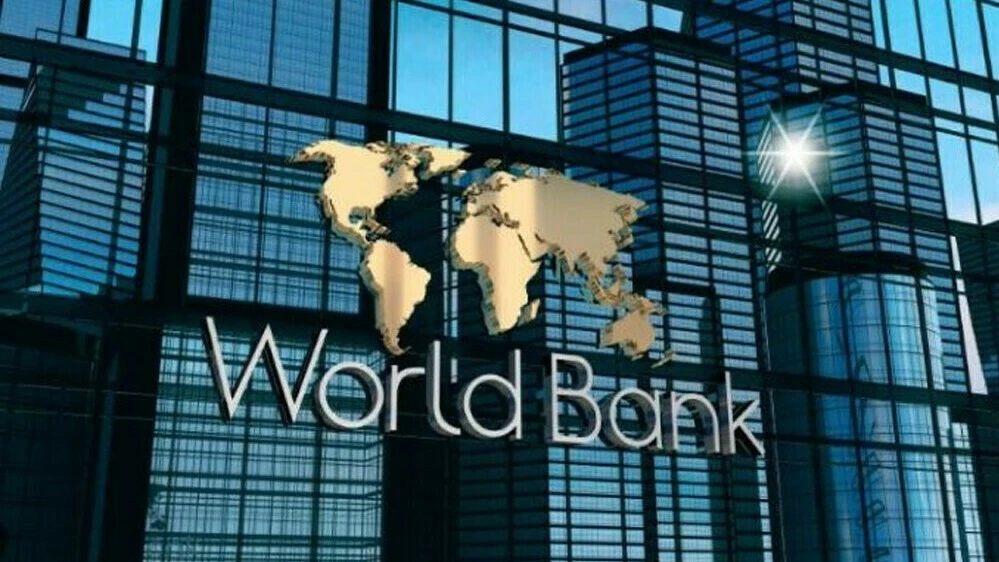Natural gas pipeline method fairly uneasy at this juncture
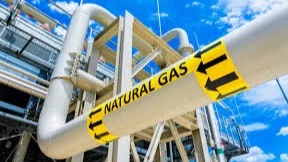
AS state commercial monopolies sketch their successes over the past four years, we hear that a total of 980 households, including 529 homes in Mkuranga District, Coast Region and 451 homes in Mnazi Mmoja, Lindi District, are set to be connected to a natural gas distribution network. The home gas distribution project managed by Tanzania Petroleum Development Corporation (TPDC) appears to simply target houses or built areas near major natural gas source units, where the specific areas are unavoidably attractive. As a major public corporation all it needs is to satisfy its board of directors of clear benefits.
On a bird’s eye view, were it that state firms are forthright on money for value, the task of connecting houses to gas would be conducted in partnership with builders, in well-built areas where the possibility of later demolition to improve the skyline would be remote. That makes the Tanzania Building Agency (TBA) and the National Housing Corporation (NHC) the first points of call, or indeed it is them would come up with the idea, and then map out with TPDC how it could be implemented. It isn’t a matter of liaising with local authorities on taking a natural gas pipeline network to this or that ward.
As a major producer of natural gas, it is not clear why TPDC would wish to get involved in a network project that will provide natural gas to nearly 1,000 households, even if that helps families make the transition from traditional, polluting cooking fuels like firewood and charcoal to cleaner and more efficient energy as the project manager stated. TPDC needs to remain a natural gas wholesale agency, while outfitters bringing up durable buildings are the ones who need to be satisfied that this or that street merits connection to the network. The point is keeping out traditional tin roofed units, awaiting demolition.
Another point of conceptual concern, not really an audit issue on the basis of its format, is that the government has allocated 5.3bn/- for the 2024/25 financial year to fund the project. Naturally the manager explained that the funding marks a major step towards cleaner, more sustainable cooking solutions in the country, without sparing a thought to the taxation drive that could drive been avoided had such financing been obtained from banks. But clearly it could not have been loaned to TPDC, TBA or NHC as they can’t pledge collateral that can be surrendered by court order, thus PPP was the best option.
What is noticeable is marketing talk replaces an awareness of feasibility and value for money, as many of occupants of those houses can’tfford the cylinder filling which is readily available, and the government hasn’t so far seen how it can bring down the prices by forgoing some of the tax revenues. The idea that a pumping network will make things easier implies either that the gas will be wasted by comparison with cylinders, or the costly infrastructure will be a white elephant is the prices are comparable, not changing. Either way one looks at it, upper class TBA or NHC housing fits the bill, not rural wards.
Top Headlines
© 2025 IPPMEDIA.COM. ALL RIGHTS RESERVED


